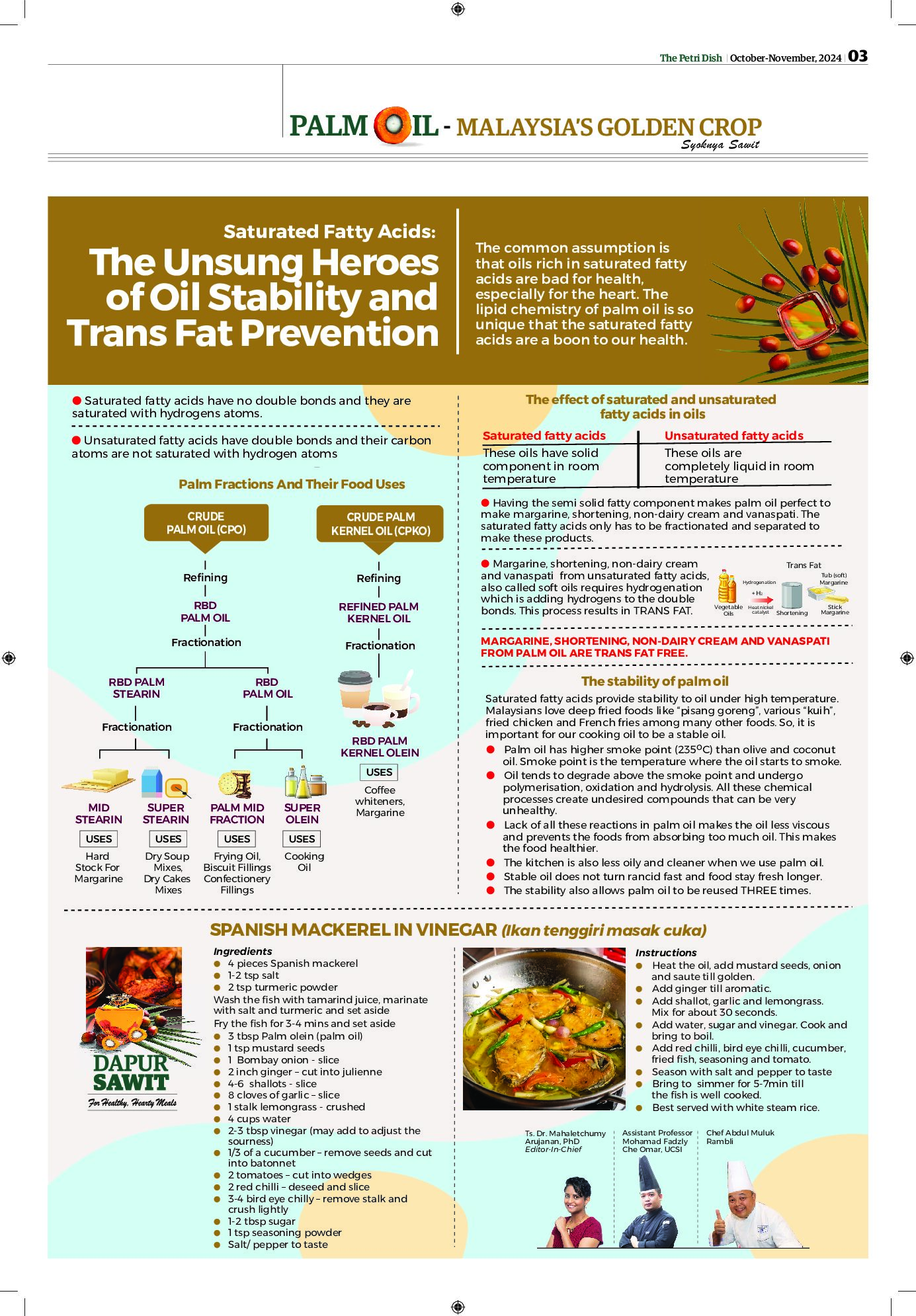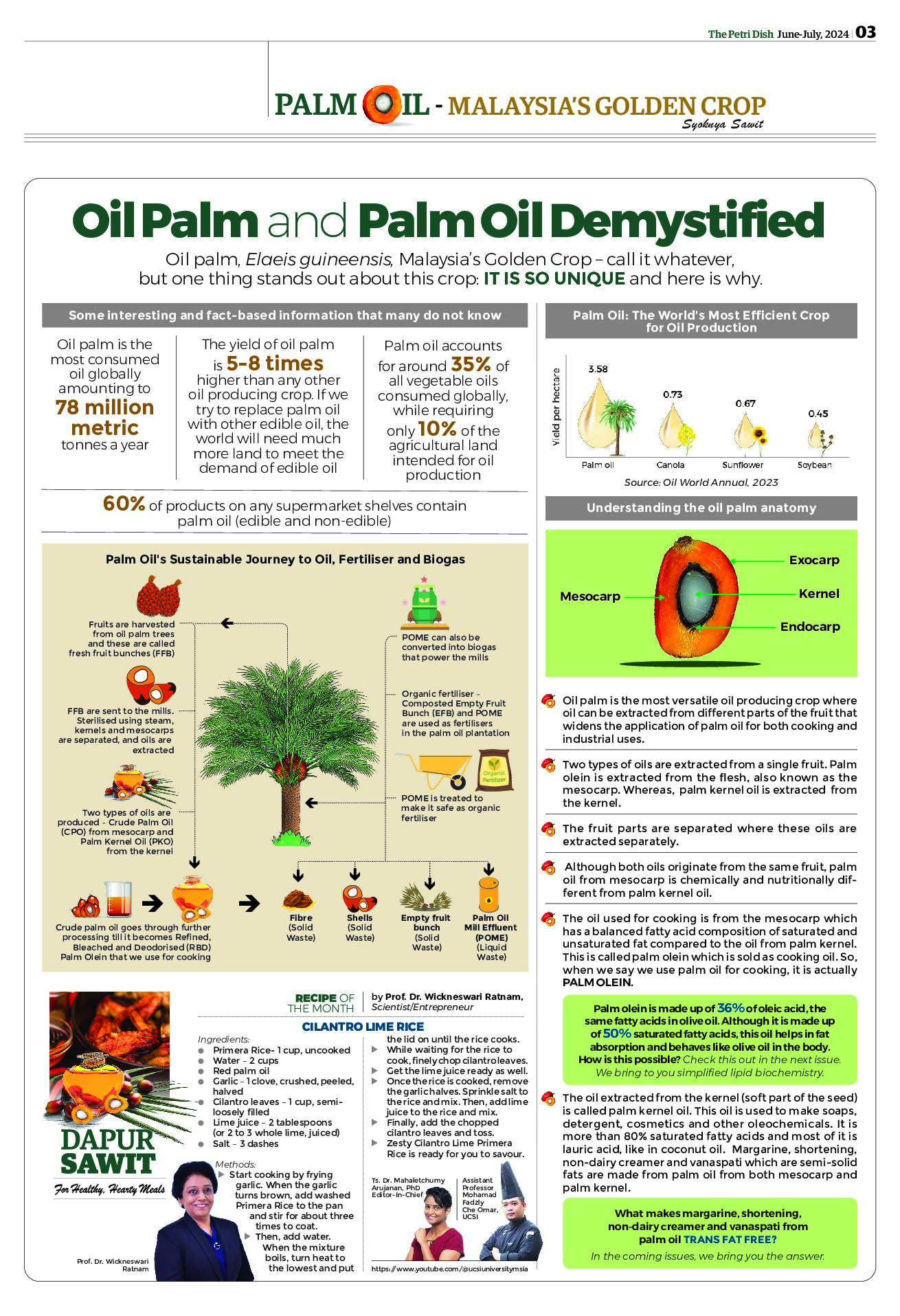
ONE of the most frustrating and debilitating complications of diabetes is the development of wounds on the foot or lower leg. Once they form, they can persist for months, leading to painful and dangerous infections.
New research uncovers the role of a particular protein in maintaining these wounds and suggests that reversing its effects could help aid wound healing in patients with diabetes.
“We discovered that a specific protein, thrombospondin-2 (TSP2), is elevated in wounds of patients with diabetes as well as in animal models of diabetes,” said Britta Kunkemoeller, a doctoral student at Yale University who conducted the study.
“To determine whether TSP2 contributes to delayed wound healing, we genetically removed TSP2 from a mouse model of diabetes and observed improved wound healing. Our study shows that TSP2 could be a target for a specific therapy for diabetic wounds.”
Diabetes currently afflicts nearly 26 million Americans, more than eight percent of the population. Diabetic wounds are one of many complications of the disease.
Treatment for these wounds is mostly limited to standard wound care, such as moist bandages, removal of damaged tissue and footwear that reduces pressure on the wound.
Despite these measures, the wounds often persist. In the most severe cases, it becomes necessary to amputate the affected foot or lower leg; diabetic wounds are the leading cause of amputations in the United States.
Most previous work on wound healing in diabetes has focused on the types of cells that are involved in wound healing such as immune cells, skin cells and the cells that form blood vessels.
By contrast, Kunkemoeller’s research focuses on TSP2, a component of the extracellular matrix. The extracellular matrix is a meshwork that serves as the structural foundation for cells, like the scaffolding used in construction.
















